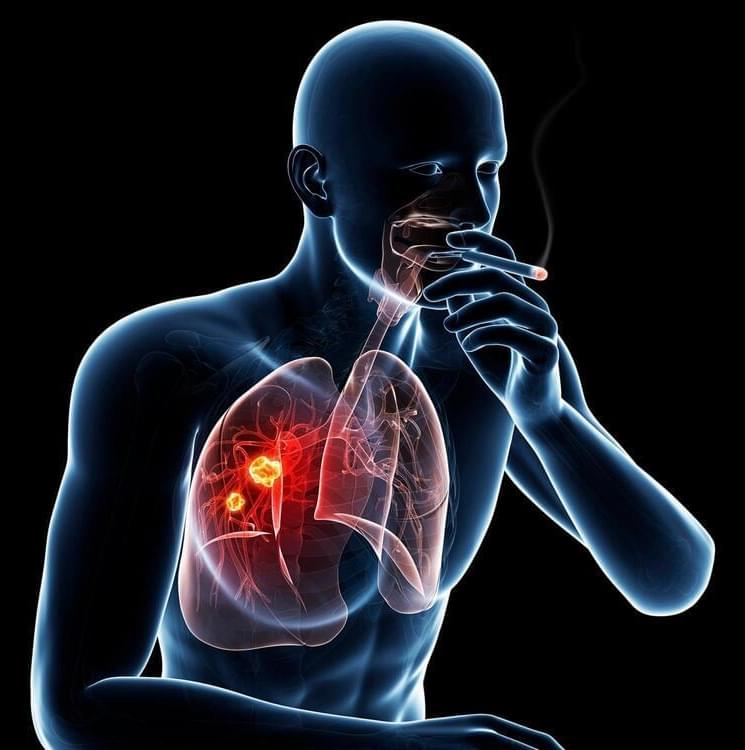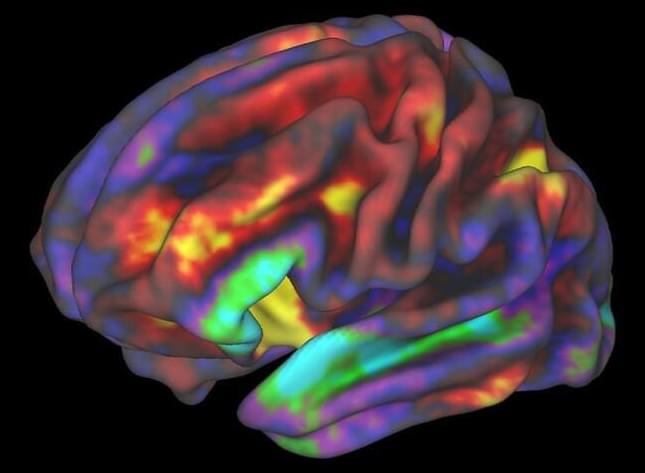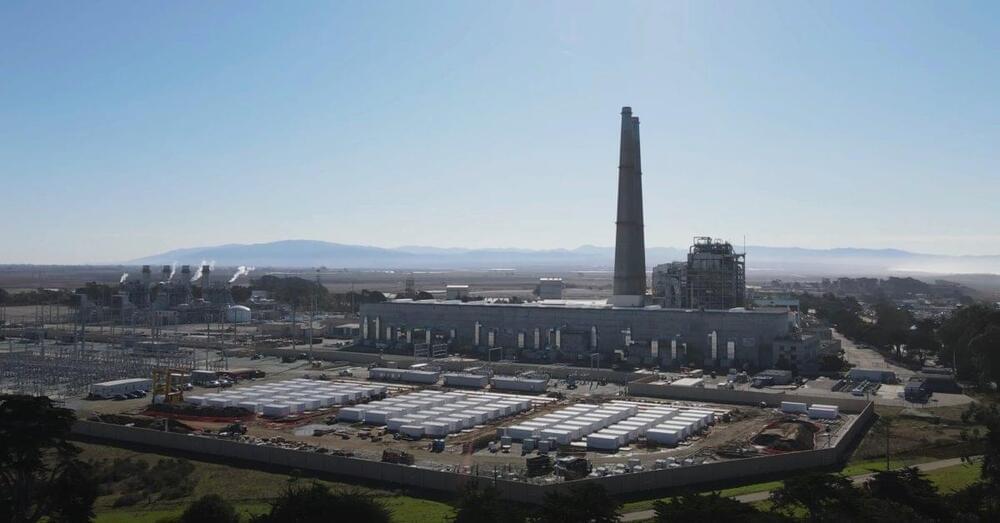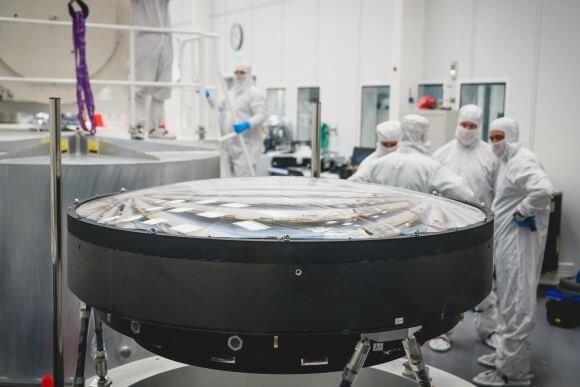Starlink, part of Elon Musk’s space company, aims to provide broadband to airlines as it pushes to reach business clients.



“Some pullback was expected, but the return to pre-COVID volumes was instantaneous rather than gradual,” he added. Other research firms including Canalys also report demand for Chromebooks has taken a sharp dive in recent months.
McCarron added: “Due to the decline in low-cost entry level shipments, the market average CPU selling price increased the most on-quarter in 23 years.” The average selling price is now at $168, up from $151, according to Mercury Research’s stats.
Safety avionics specialist Iris Automation has made a meteorological enhancement to its Casia G ground-based surveillance system with the integration of TruWeather Solutions sensors and services – a move aiming to add climate security to the company’s aerial detect-and-avoid protection.
Addition of a precision weather utility was a natural step in Iris Automation’s wider objective of ensuring flight safety of, and between, crewed aircraft and drones The company says local micro weather and low-altitude atmospheric conditions often differ considerably from those at higher levels. That differential creates a larger degree of weather uncertainty for aerial service providers, who weigh safety factors heavily into whether they make flights as planned or not.

Cigarette smoking is overwhelmingly the main cause of lung cancer, yet only a minority of smokers develop the disease. A study led by scientists at Albert Einstein College of Medicine and published online on April 11, 2022, in Nature Genetics suggests that some smokers may have robust mechanisms that protect them from lung cancer by limiting mutations. The findings could help identify those smokers who face an increased risk for the disease and therefore warrant especially close monitoring.
“This may prove to be an important step toward the prevention and early detection of lung cancer risk and away from the current herculean efforts needed to battle late-stage disease, where the majority of health expenditures and misery occur,” said Simon Spivack, M.D., M.P.H., a co-senior author of the study, professor of medicine, of epidemiology & population health, and of genetics at Einstein, and a pulmonologist at Montefiore Health System.

New research suggests that socioeconomic hardship during childhood leaves children vulnerable to lower cognitive ability in adolescence and increased trait anxiety during adulthood. The findings, published in the journal Social Cognitive and Affective Neuroscience, further suggest that these effects are driven by the recruitment of the right lateral prefrontal cortex.
Growing up in poverty can have negative repercussions on mental health. For example, children who grow up in socioeconomic deprivation demonstrate lower cognitive ability and report higher trait anxiety as young adults. Researchers Pavla Čermáková and her team launched a study to investigate this interplay between early socioeconomic difficulty, cognitive ability, and trait anxiety and to shed light on the neural mechanism behind these relationships.
“I have always found fascinating how early life influences our mental health when we are adults. I see a huge opportunity for prevention of later mental disorders if we focus on what is happening in the earliest stages of human life,” Čermáková, an associate professor at Charles University in Prague and head of the Department of Epidemiology at the Second Faculty of Medicine.

PG&E announced that they have turned on their giant Tesla Megapack project with 730 MWh of capacity, and the electric grid company expects that it will “enhance the overall reliability of California’s ever-changing energy supply.”
We first learned of the project at PG&E’s Moss Landing substation when it submitted it to CPUC and the company was in talks with Tesla in 2017. It involves four separate energy storage projects, and two of them, including the one using Tesla Megapack, should become the world’s largest battery systems.
In 2018, we obtained Tesla’s proposal for the project, and it showed that the company plans to use “Megapack” instead of its usual Powerpack for large utility-scale projects. It was one of the first projects announced to use the new battery system, but the actual deployment took so much time that many more Megapack projects came online since.

MetaMask has published a warning for their iOS users about the seeds of cryptocurrency wallets being stored in Apple’s iCloud if app data backup is active.
MetaMask is a “hot” cryptocurrency wallet used by over 21 million investors to store their wallet tokens and manage their digital assets.
In cryptocurrency lingo, a seed is a secret recovery phrase consisting of 12 words that protect access to the wallet’s content.

The Hubble space telescope has a primary mirror of 2.4 meters. The Nancy Grace Roman telescope also has a mirror measuring 2.4 meters, and the James Webb Space Telescope has a whopping 6.5 meter primary mirror. They get the job done that they were designed to do, but what if… we could have even bigger mirrors?
The larger the mirror, the more light is collected. This means that we can see farther back in time with bigger mirrors to observe star and galaxy formation, image exoplanets directly, and work out just what dark matter is.
But the process for creating a mirror is involved and takes time. There is casting the mirror blank to get the basic shape. Then you have to toughen the glass by heating and slow cooling. Grinding the glass down and polishing it into its perfect shape comes next followed by testing and coating the lens. This isn’t so bad for smaller lenses, but we want bigger. Much bigger.

Remote work is expanding into many other areas besides office work. Robots and remote-control technology make a greater range of tasks possible, from stocking convenience stores, to operating heavy machinery and even serving as a labor force in space. A key advantage of remote-controlled robots is that they do not require the kind of complex programming found in automated robots, such as industrial robots that work in factories. This means that remote-controlled robots are more flexible, easily adapting to work that cannot be programmed. Greater use of this technology can allow robots to take over dangerous and exhausting work, subsequently helping to deal with labor shortages and improve work environments. In this episode, we’ll look at the forefront of remote robotics, and see examples of how this technology could transform work.
[J-Innovators]
A muscle suit for back protection.

Perovskites, which have shown enormous potential as a new semiconductor for solar cells, are gaining attention as well as a potential next-generation technology to also power spacefaring missions. As scientists around the globe continue efforts toward harnessing the potential of perovskites on Earth, others are looking into how well the technology might work in the planet’s orbit.
A collaborative research effort to collectively address this important issue involving scientists from the National Renewable Laboratory (NREL) lays out guidelines to test the radiation-tolerating properties of perovskites intended for use in space.
“Radiation is not really a concern on Earth, but becomes increasingly intense as we move to higher and higher altitudes,” said Ahmad Kirmani, a postdoctoral researcher at NREL and lead author of the new paper, “Countdown to perovskite space launch: Guidelines to performing relevant radiation-hardness experiments,” which appears in Joule.